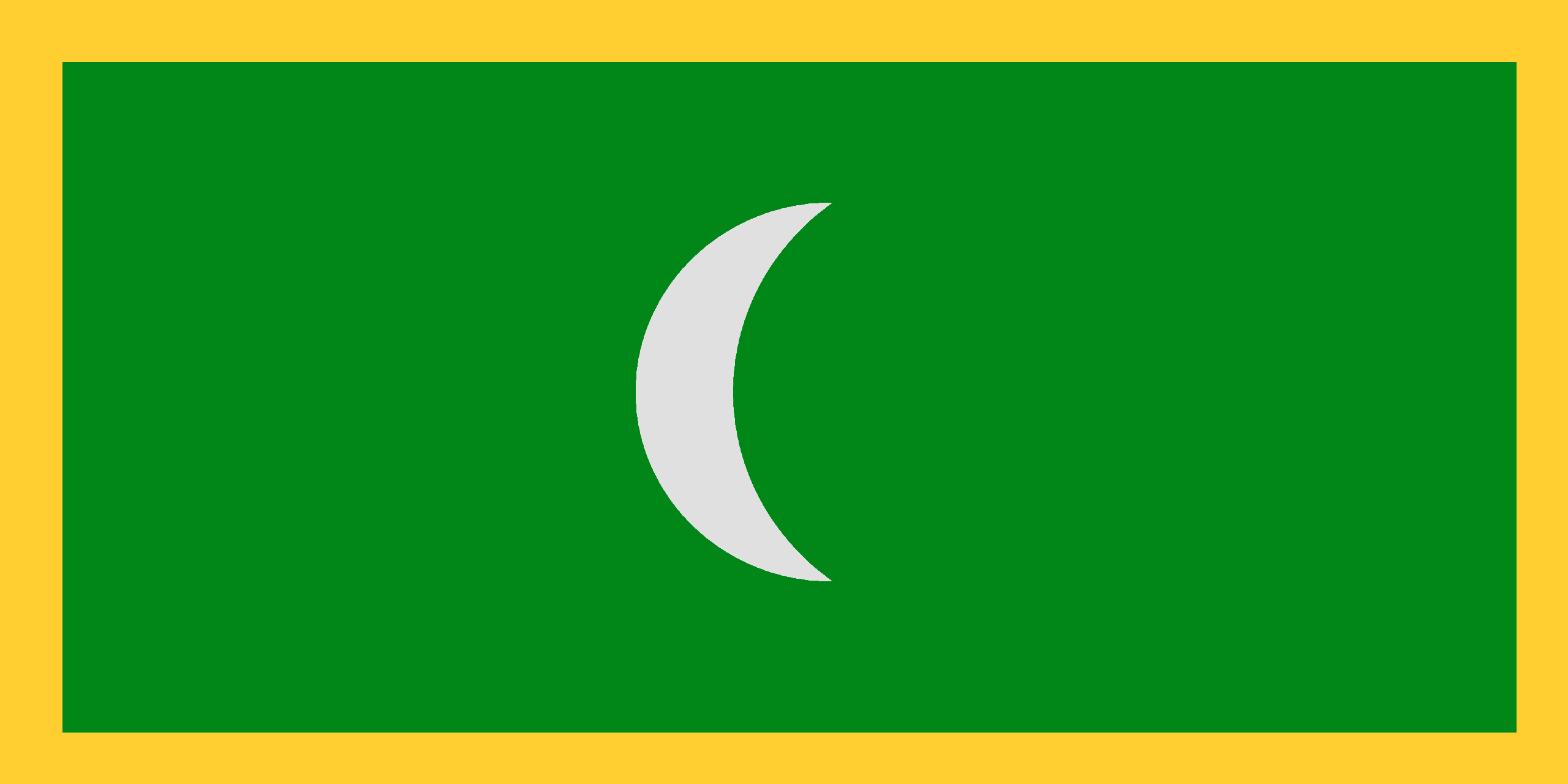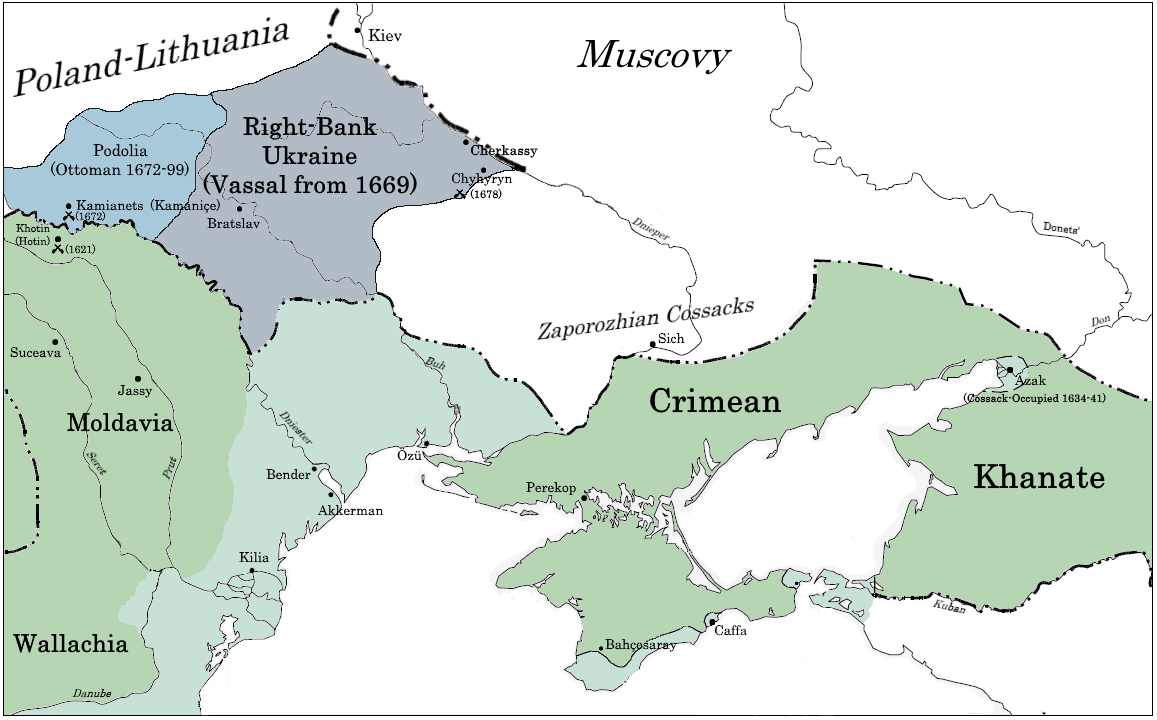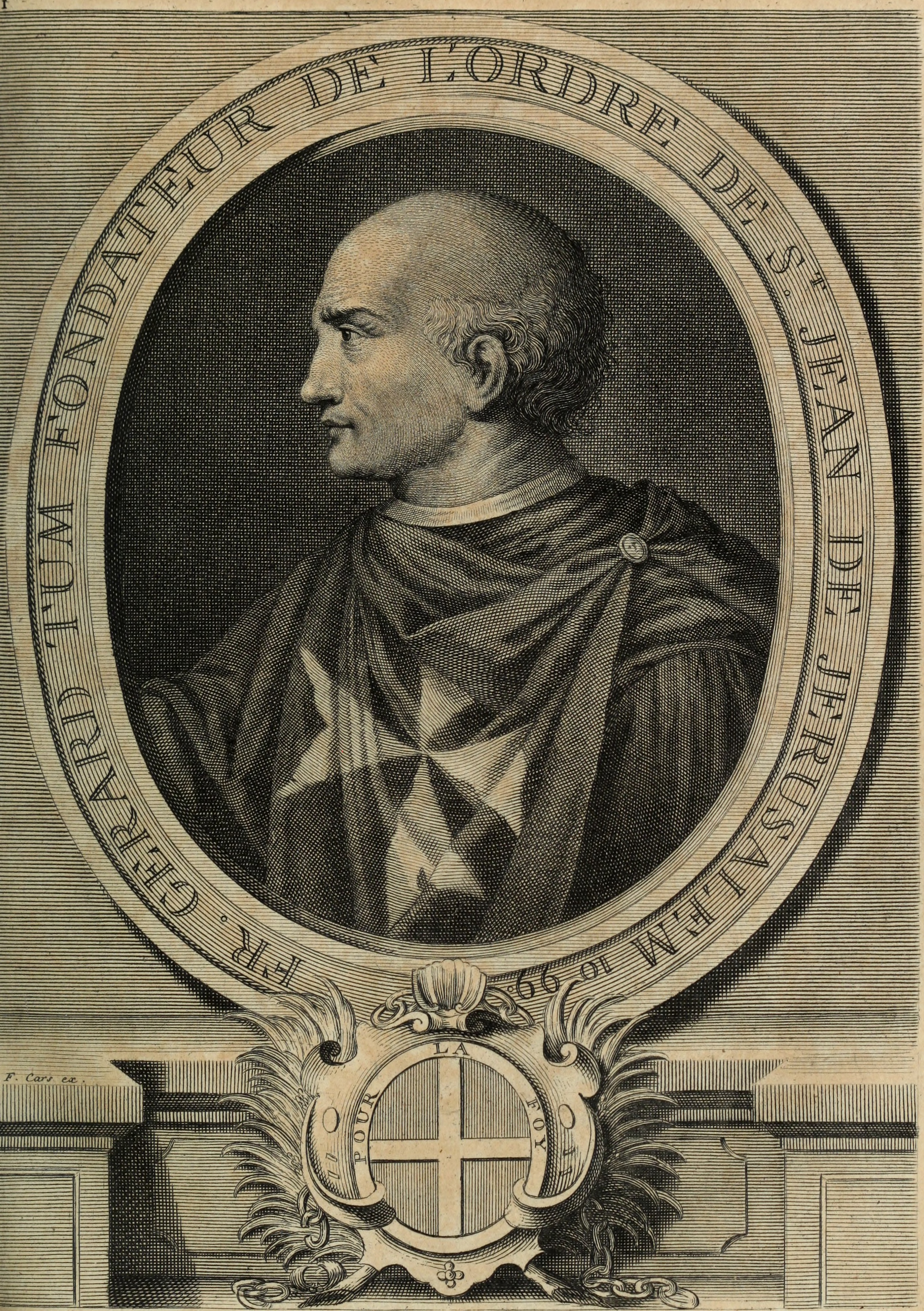|
Conquest Of The PeÃąÃģn De VÃĐlez De La Gomera (1564)
The conquest of the peÃąÃģn de VÃĐlez de la Gomera by the Hispanic Monarchy happened in 1564. It succeeded a failed expedition the previous year, and resulted in Spain taking control of the place as a '' plaza fuerte'', which continued up to present day.''Enciclopedia Universal Ilustrada'', pg. 693-696 Background Spain conquered VÃĐlez de la Gomera for the first time in 1509 during the reign of Ferdinand II, when an army captained by Pedro Navarro took it. Moor forces attempted to retake it multiple times, finally achieving it in 1522 from the hands of governor Juan de Villalobos. The Kingdom of Badis was so established, turning the peÃąÃģn into a base of Barbary pirates and privateering for the Ottoman Empire. New Spanish attempts to conquer it happened in 1522 and 1563, heavily burdened by Spain's involvement in the Italian Wars against France, an ally of the Ottomans. In 1563, the same year as Sancho MartÃnez de Leiva Jr. failed to capture VÃĐlez de la Gomera, King Philip I ... [...More Info...] [...Related Items...] OR: [Wikipedia] [Google] [Baidu] |
SpanishâOttoman Wars
The SpanishâOttoman wars were a series of wars fought between the Ottoman Empire and the Spanish Empire for Mediterranean and overseas sphere of influence, influence, and specially for global religious dominance between the Catholic Church and Ottoman Caliphate. The peak of the conflict was in the 16th century, during the reigns of Charles V, Holy Roman Emperor, Charles V, Philip II of Spain, and Suleiman the Magnificent in the years 1515â1577, although it formally ended in 1782. Prelude Clash of interests in the Mediterranean and Europe The Islamic Spain, Islamic rule in the Iberian Peninsula, which Muslim conquest of the Iberian Peninsula, began in 711, experienced its last glorious period during the reign of Abd ar-Rahman III (929â961); after his death, the Umayyad state of CÃģrdoba, Andalusian Umayyad State began to decline, and with the Fitna of al-Andalus, collapse of this state in 1031, the Taifa, ''Tawaif-i MulÃŧk'' period, in which various Muslim emirates (at ... [...More Info...] [...Related Items...] OR: [Wikipedia] [Google] [Baidu] |
Pedro Navarro
Pedro Navarro, Count of Oliveto ( 1460 â 28 August 1528) was a Navarrese military engineer and general who participated in the War of the League of Cambrai. At the Battle of Ravenna in 1512 he commanded the Spanish and Papal infantry, but was captured by the French. In the service of Francis I of France, he would supervise the French crossing of the Alps before the Battle of Novara in 1513. He is widely regarded as the inventor of modern siege mines. Biography Navarro was probably born at Garde in the Navarrese valley of Roncal. Little is known of his early life. He began his military career in the service of Cardinal Juan de Aragon prior to 1485. He fought against the Barbary pirates in Italy as a Condottiere. Enlisted by Gonzalo FernÃĄndez de CÃģrdoba in 1499, he took part in the capture and siege of Cephalonia in 1500. He invented the landmine, and his skilful employment of mines allowed for the breaching of the walls of the Turkish fortress. He continued in the ser ... [...More Info...] [...Related Items...] OR: [Wikipedia] [Google] [Baidu] |
Fez, Morocco
Fez () or Fes (; ) is a city in northern inland Morocco and the capital of the Fez-Meknes, Fez-Meknes administrative region. It is one of the List of cities in Morocco, largest cities in Morocco, with a population of 1.256 million, according to the 2024 Moroccan census, census. Located to the northwest of the Atlas Mountains, it is surrounded by hills and the old city is centered around the Oued Fes, Fez River (''Oued Fes'') flowing from west to east. Fez has been called the "Mecca of the West" and the "Athens of Africa". It is also considered the spiritual and cultural capital of Morocco. Founded under Idrisid dynasty, Idrisid rule during the 8th century Common Era, CE, Fez initially consisted of two autonomous and competing settlements. Successive waves of mainly Arab immigrants from Ifriqiya (Tunisia) and al-Andalus (Spain/Portugal) in the early 9th century gave the nascent city its Arab character. After the downfall of the Idrisid dynasty, other empires came and went until t ... [...More Info...] [...Related Items...] OR: [Wikipedia] [Google] [Baidu] |
Kara Mustafa Pasha
Kara Mustafa Pasha (; ; "Mustafa Pasha the Courageous"; 1634/1635 â 25 December 1683) was an Ottoman nobleman, military figure and Grand Vizier, who was a central character in the Ottoman Empire's last attempts at expansion into both Central and Eastern Europe. Early life and career Kara Mustafa Pasha was of Turkish origin. However, he was brought up in the KÃķprÞlÞ family, of Albanian origin. He was born in the village of Mirince/MarÄąnca near Merzifon (now called KaramustafapaÅa after him), the son of a ''sipahi'', cavalry man. His father is said to have served under KÃķprÞlÞ Mehmed Pasha. Possibly as a way to increase his possibilities to start an administrative career, he was introduced into the KÃķprÞlÞ household, where he was educated by KÃķprÞlÞ Mehmed Pasha, and married into the KÃķprÞlÞ family.''The Siege of Vienna'', John Stoye, p. 18. How he entered the family and the details of his marriage are unclear. Within the household's inner service (''end ... [...More Info...] [...Related Items...] OR: [Wikipedia] [Google] [Baidu] |
Portuguese Empire
The Portuguese Empire was a colonial empire that existed between 1415 and 1999. In conjunction with the Spanish Empire, it ushered in the European Age of Discovery. It achieved a global scale, controlling vast portions of the Americas, Africa and various islands in Asia and Oceania. It was one of the most powerful empires of the early modern period, while at its greatest extent in 1820, covering 5.5 million square km ( million square miles), making it among the List of largest empires, largest empires in history. Composed of colonialism, colonies, Factory (trading post)#Portuguese feitorias (c. 1445), factories, and later Territory#Overseas territory, overseas territories, it was the longest-lived colonial empire in history, from the conquest of Ceuta in North Africa in 1415 to the handover of Macau to China in 1999. The power and influence of the Kingdom of Portugal would eventually expand across the globe. In the wake of the Reconquista, Portuguese maritime exploration, Port ... [...More Info...] [...Related Items...] OR: [Wikipedia] [Google] [Baidu] |
Landsknecht
The (singular: , ), also rendered as Landsknechts or Lansquenets, were German mercenaries used in pike and shot formations during the early modern period. Consisting predominantly of pikemen and supporting foot soldiers, their front line was formed by '' DoppelsÃķldner'' ("double-pay men") renowned for their use of '' ZweihÃĪnder'' and arquebus. They formed the bulk of the Holy Roman Empire's Imperial Army from the late 15th century to the early 17th century, fighting in the Habsburg-Valois wars, the Habsburg-Ottoman wars, and the European wars of religion. Although prone to mutiny if unpaid and divided within their ranks between Catholics and Lutherans, the ''Landsknechte'' were well-armed and experienced warriors, recruitable in large numbers throughout Germany and Austria by the Holy Roman Emperor. This guaranteed both quantity and quality to the Imperial military for a century and a half. At their peak during the reign of Charles V of Habsburg, and under the leade ... [...More Info...] [...Related Items...] OR: [Wikipedia] [Google] [Baidu] |
Tercio
A ''tercio'' (), Spanish for " third") was a military unit of the Spanish Army during the reign of the Catholic Monarchs of Spain and Habsburg Spain in the early modern period. They were the elite military units of the Spanish monarchy and essential pieces of the powerful land forces of the Spanish Empire, sometimes also fighting along with the navy. The Spanish ''tercios'' were one of the finest professional infantries in the world due to the effectiveness of their battlefield formations and were a crucial step in the formation of modern European armies, made up of professional volunteers, instead of levies raised for a campaign or hired mercenaries typically used by other European countries of the time. The internal administrative organization of the ''tercios'' and their battlefield formations and tactics grew out of the innovations of Gonzalo FernÃĄndez de CÃģrdoba during the conquest of Granada and the Italian Wars in the 1490s and 1500s, being among the first to ef ... [...More Info...] [...Related Items...] OR: [Wikipedia] [Google] [Baidu] |
Grand Duchy Of Tuscany
The Grand Duchy of Tuscany (; ) was an Italian monarchy located in Central Italy that existed, with interruptions, from 1569 to 1860, replacing the Republic of Florence. The grand duchy's capital was Florence. In the 19th century the population of the Grand Duchy was about 1,815,000 inhabitants. Having brought nearly all Tuscany under his control after conquering the Republic of Siena, Cosimo I de' Medici, Grand Duke of Tuscany, Cosimo I de' Medici, was elevated by a papal bull of Pope Pius V to Grand Duke of Tuscany on 27 August 1569. The Grand Duchy was ruled by the House of Medici until the extinction of its senior branch in 1737. While not as internationally renowned as the old republic, the grand duchy thrived under the Medici and it bore witness to unprecedented economic and military success under Cosimo I and his sons, until the reign of Ferdinando II de' Medici, Grand Duke of Tuscany, Ferdinando II, which saw the beginning of the state's long economic decline. That econo ... [...More Info...] [...Related Items...] OR: [Wikipedia] [Google] [Baidu] |
Sovereign Military Order Of Malta
The Sovereign Military Order of Malta (SMOM), officially the Sovereign Military Hospitaller Order of Saint John of Jerusalem, of Rhodes and of Malta, and commonly known as the Order of Malta or the Knights of Malta, is a Catholic lay religious order, traditionally of a military, chivalric, and noble nature. Though it possesses no territory, the order is often considered a sovereign entity under international law. The Order traces its institutional continuity with the Knights Hospitaller, a chivalric order that was founded about 1099 by the Blessed Gerard in the Kingdom of Jerusalem. The order is led by an elected prince and grand master. Its motto is ("Defence of the faith and assistance to the poor"). The government of the Sovereign Order of Malta has a similar structure to state governments. However, it also includes specific features associated with its nature as a lay religious order, as well as particular terminology evolved from nine centuries of history. The ... [...More Info...] [...Related Items...] OR: [Wikipedia] [Google] [Baidu] |
Papal States
The Papal States ( ; ; ), officially the State of the Church, were a conglomeration of territories on the Italian peninsula under the direct sovereign rule of the pope from 756 to 1870. They were among the major states of Italy from the 8th century until the unification of Italy, which took place between 1859 and 1870, culminated in their demise. The state was legally established in the 8th century when Pepin the Short, king of the Franks, gave Pope Stephen II, as a temporal sovereign, lands formerly held by Arian Christian Lombards, adding them to lands and other real estate formerly acquired and held by the bishops of Rome as landlords from the time of Constantine onward. This donation came about as part of a process whereby the popes began to turn away from the Byzantine emperors as their foremost temporal guardians for reasons such as increased imperial taxes, disagreement with respect to iconoclasm, and failure of the emperors, or their exarchs in Italy, to pro ... [...More Info...] [...Related Items...] OR: [Wikipedia] [Google] [Baidu] |
Ãlvaro De BazÃĄn, Marquis Of Santa Cruz
Ãlvaro de BazÃĄn y GuzmÃĄn, Marquess of Santa Cruz (1569), 1st Marquis of Santa Cruz (12 December 1526 â 9 February 1588), was a Spanish admiral and landlord. He took part, among others, in the seizure of the rock of VÃĐlez de la Gomera (1564), the relief to the besieged during the Great Siege of Malta (1565), the quelling of the Rebellion of the Alpujarras (1568â1571), Alpujarras Rebellion (1569), the Battle of Lepanto (1571), the conquest of Tunis (1573), the War of the Portuguese Succession, incorporation of Portugal to the Spanish monarchy (1580), and the Battle of Vila Franca do Campo, conquest of Terceira (1582). A leading admiral in both the Mediterranean Sea, Mediterranean and the Atlantic Ocean, Atlantic, BazÃĄn has been considered the prime naval commander in the history of Spain. He pioneered amphibious warfare and strategic usage of several kinds of ships, refining the design of existent vessels and popularising galleons as warships, ultimately making possible ... [...More Info...] [...Related Items...] OR: [Wikipedia] [Google] [Baidu] |
Philip II Of Spain
Philip II (21 May 152713 September 1598), sometimes known in Spain as Philip the Prudent (), was King of Spain from 1556, King of Portugal from 1580, and King of Naples and List of Sicilian monarchs, Sicily from 1554 until his death in 1598. He was also ''jure uxoris'' King of England and List of Irish monarchs, Ireland from Wedding of Mary I of England and Philip of Spain, his marriage to Queen Mary I in 1554 until her death in 1558. Further, he was Duke of Milan from 1540. From 1555, he was Lord of the Seventeen Provinces of the Habsburg Netherlands, Netherlands. The son of Emperor Charles V and Isabella of Portugal, Holy Roman Empress, Isabella of Portugal, Philip inherited his father's Spanish Empire in 1556, and succeeded to the Kingdom of Portugal, Portuguese throne in 1580 following a dynastic crisis. The Spanish conquests Spanish conquest of the Inca Empire, of the Inca Empire and of the Philippines, named in his honor by Ruy LÃģpez de Villalobos, were completed during h ... [...More Info...] [...Related Items...] OR: [Wikipedia] [Google] [Baidu] |






